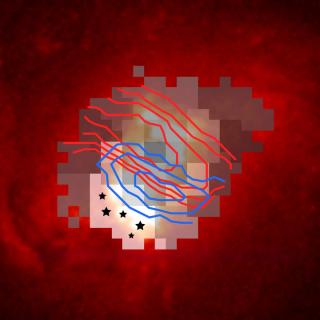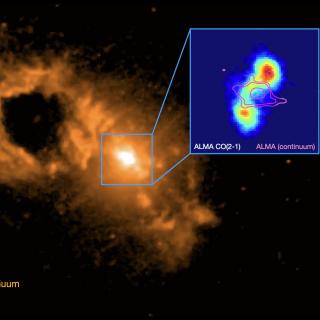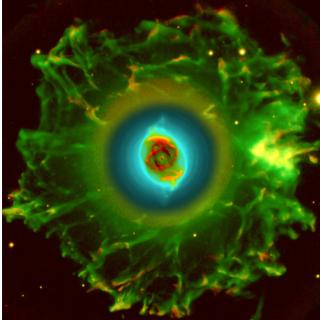
A study led by the researcher of the Instituto de Astrofísica de Canarias Maitane Urrutia-Aparicio has shown the relevance of sunrise on Easter Sunday, one of the most important Christian festivities, in the orientation of Romanesque churches on the Camino de Santiago. This work exposes the close relationship between the sky and the orientation of the constructions of the Jacobean Route. It also shows that medieval societies already included temporal symbolism in the construction of their temples. The latest research results have been published in the journal Sustainability. "The main
Advertised on




